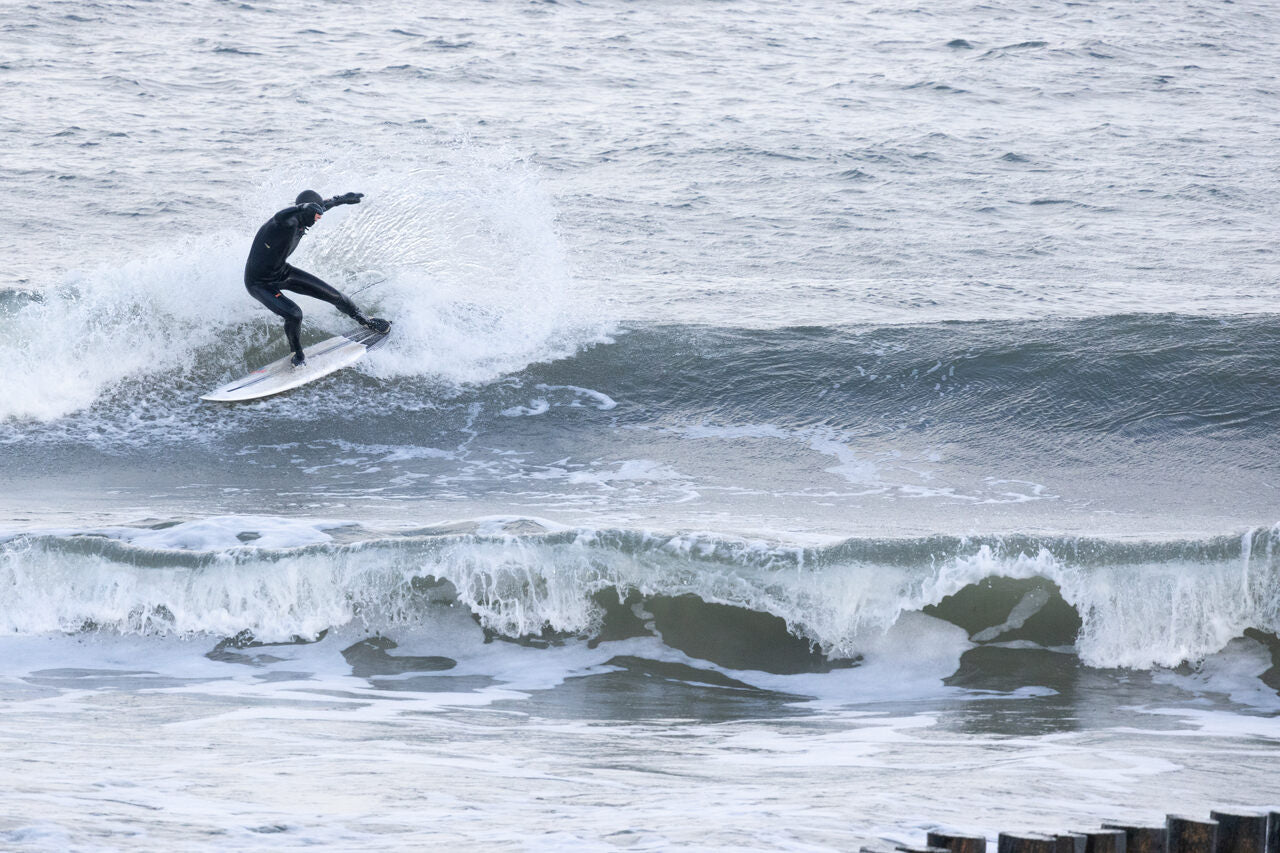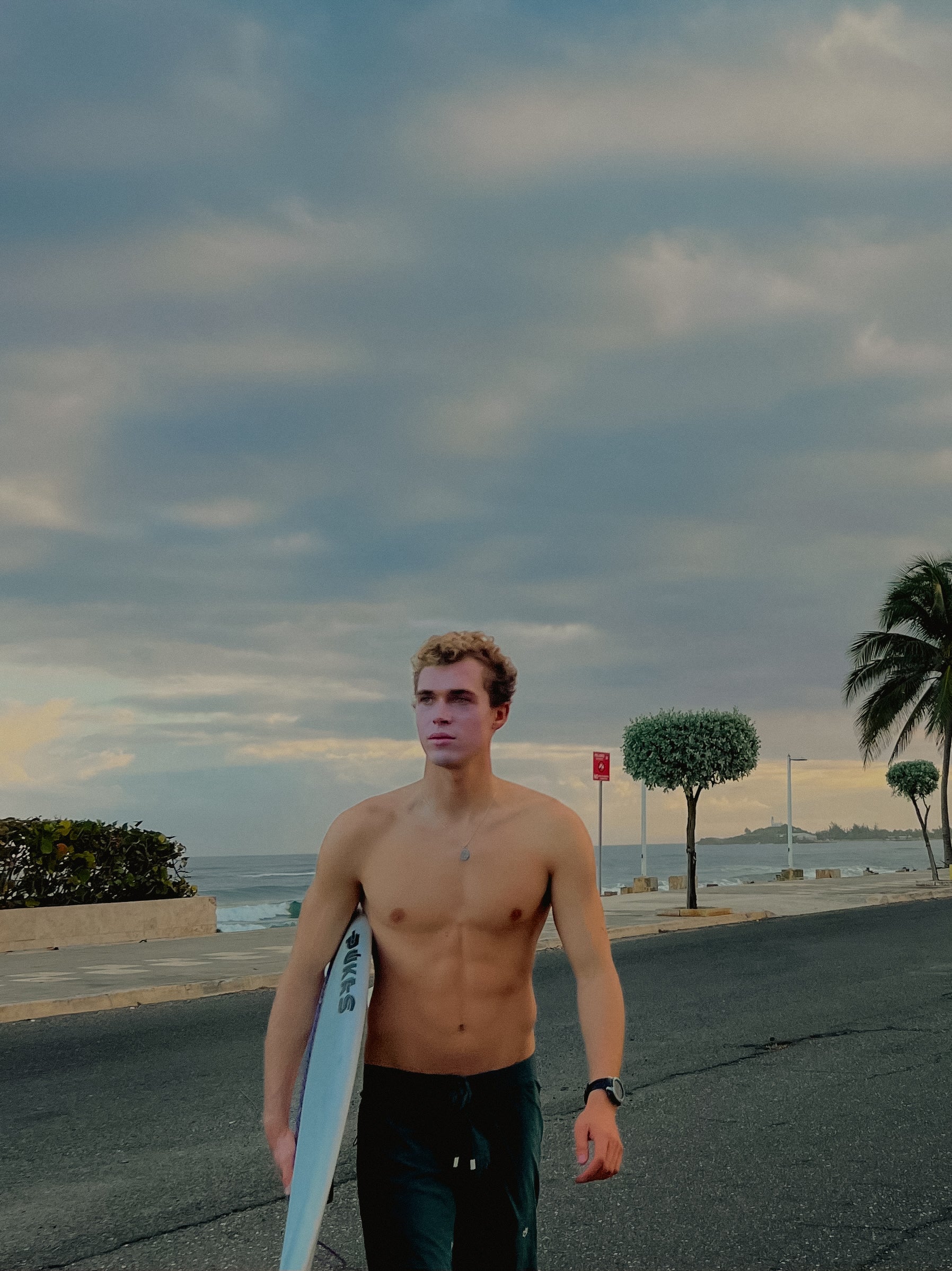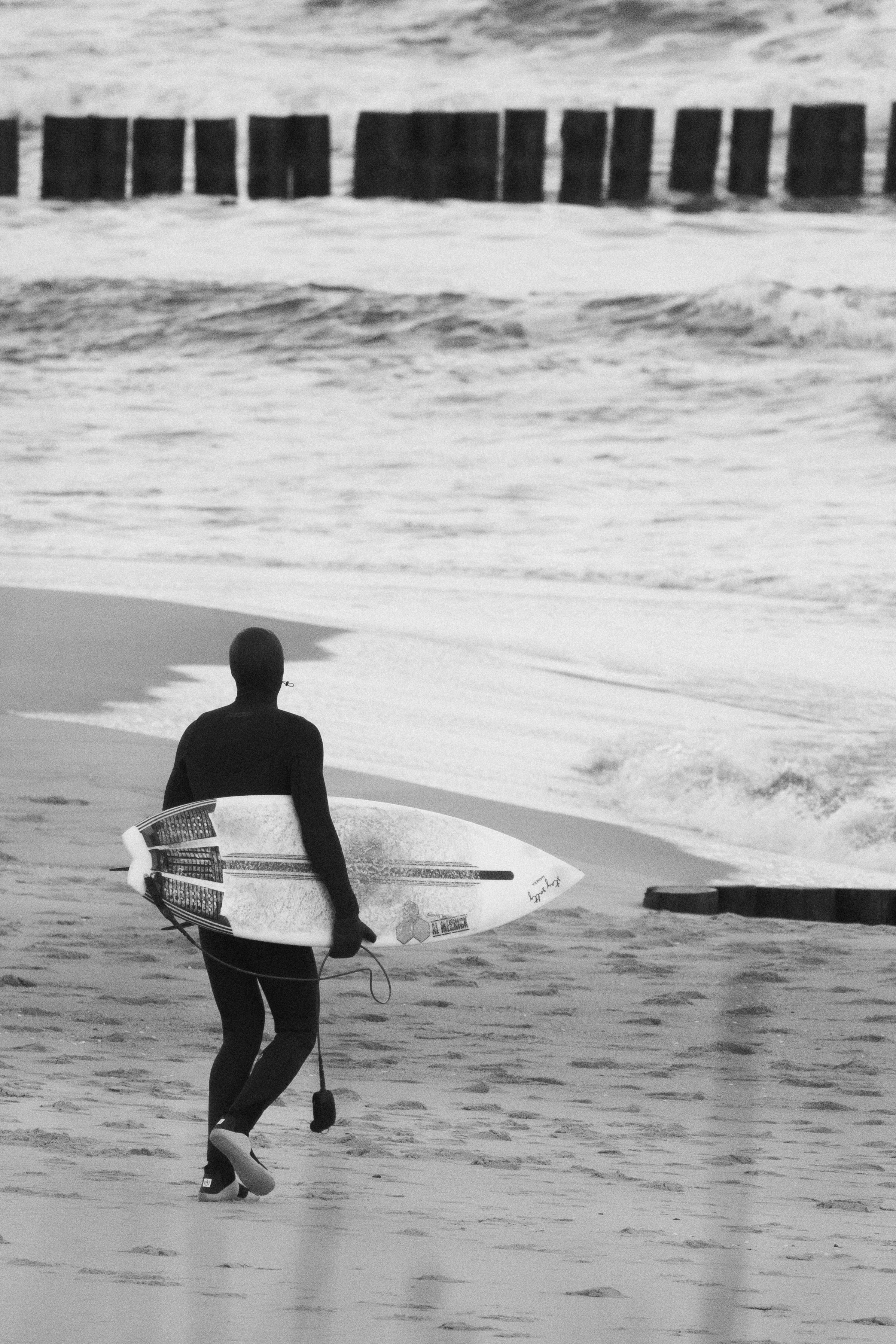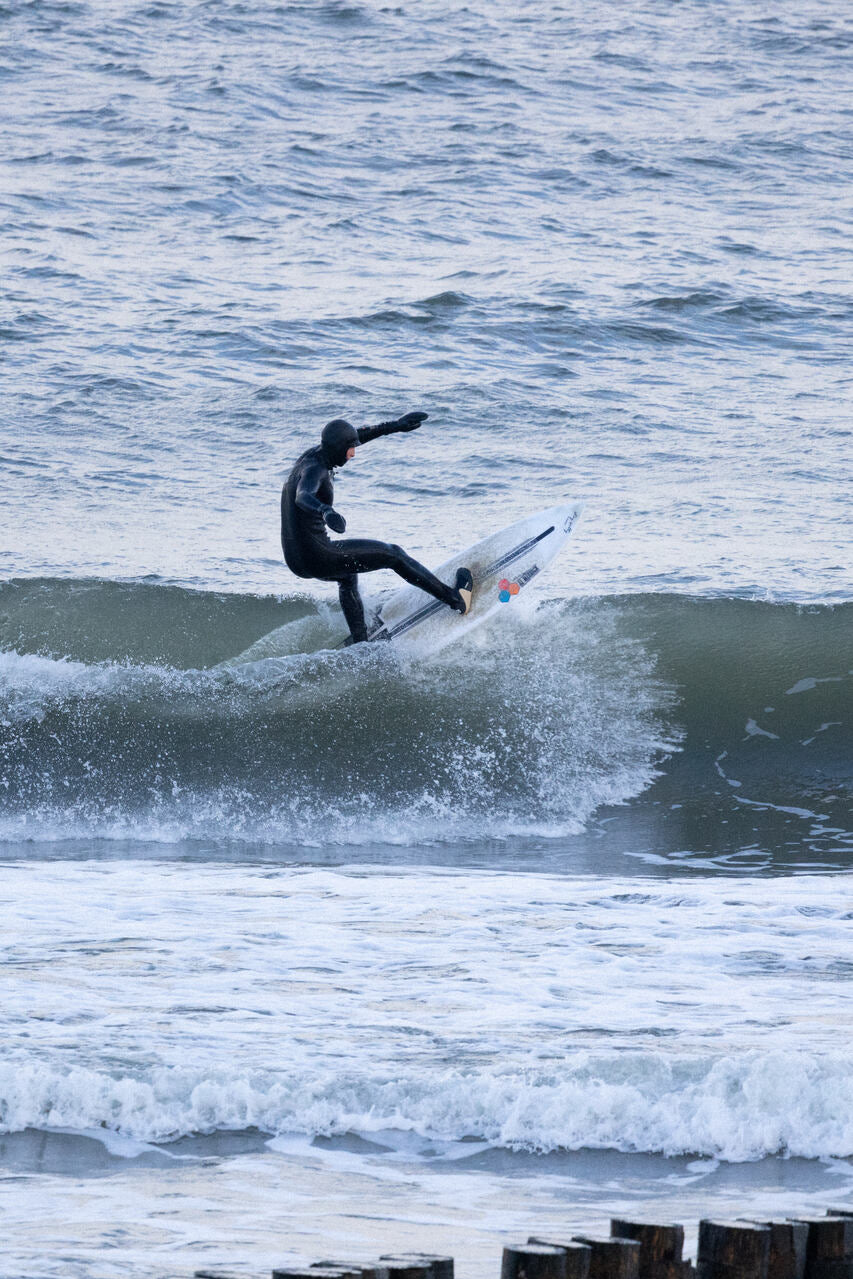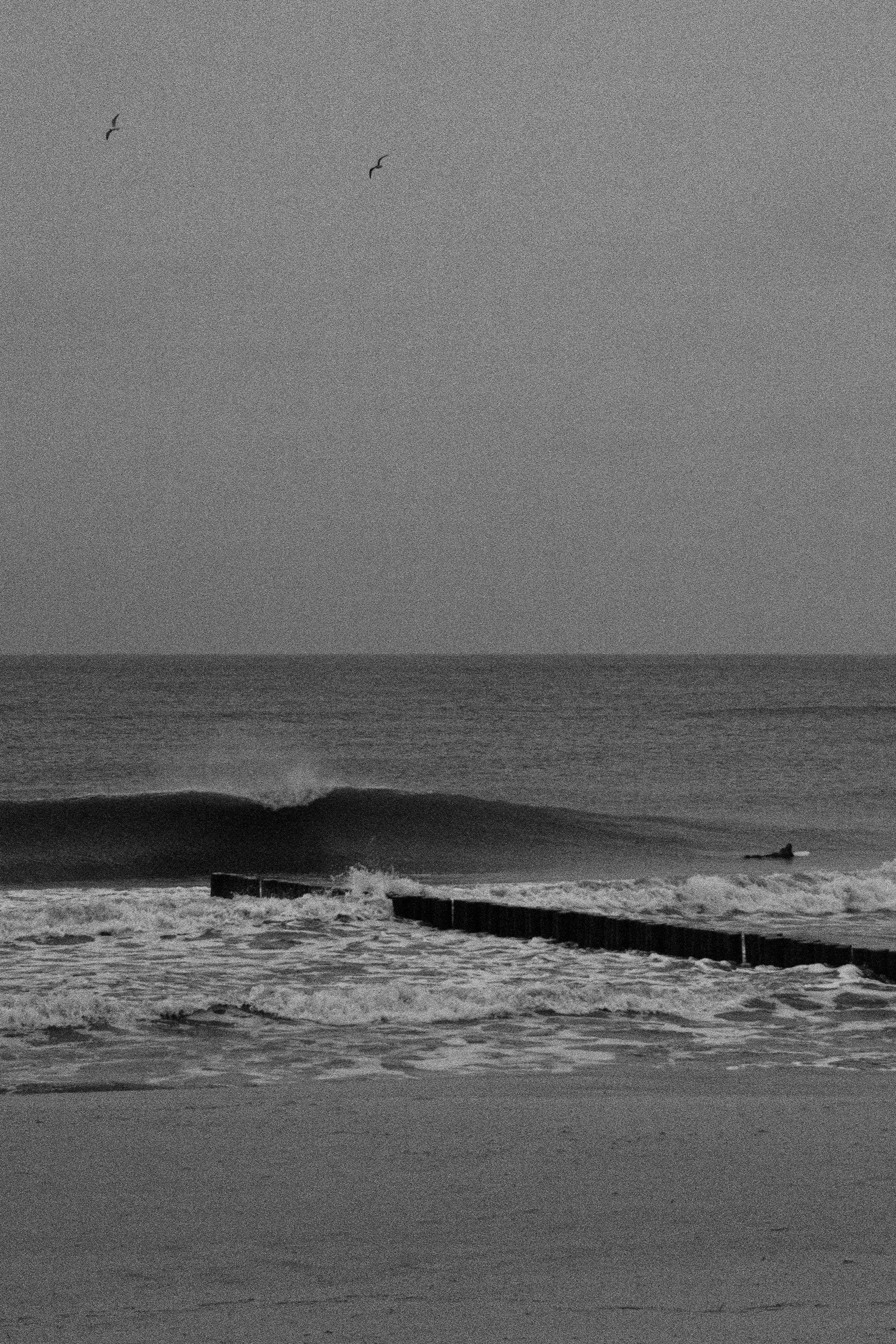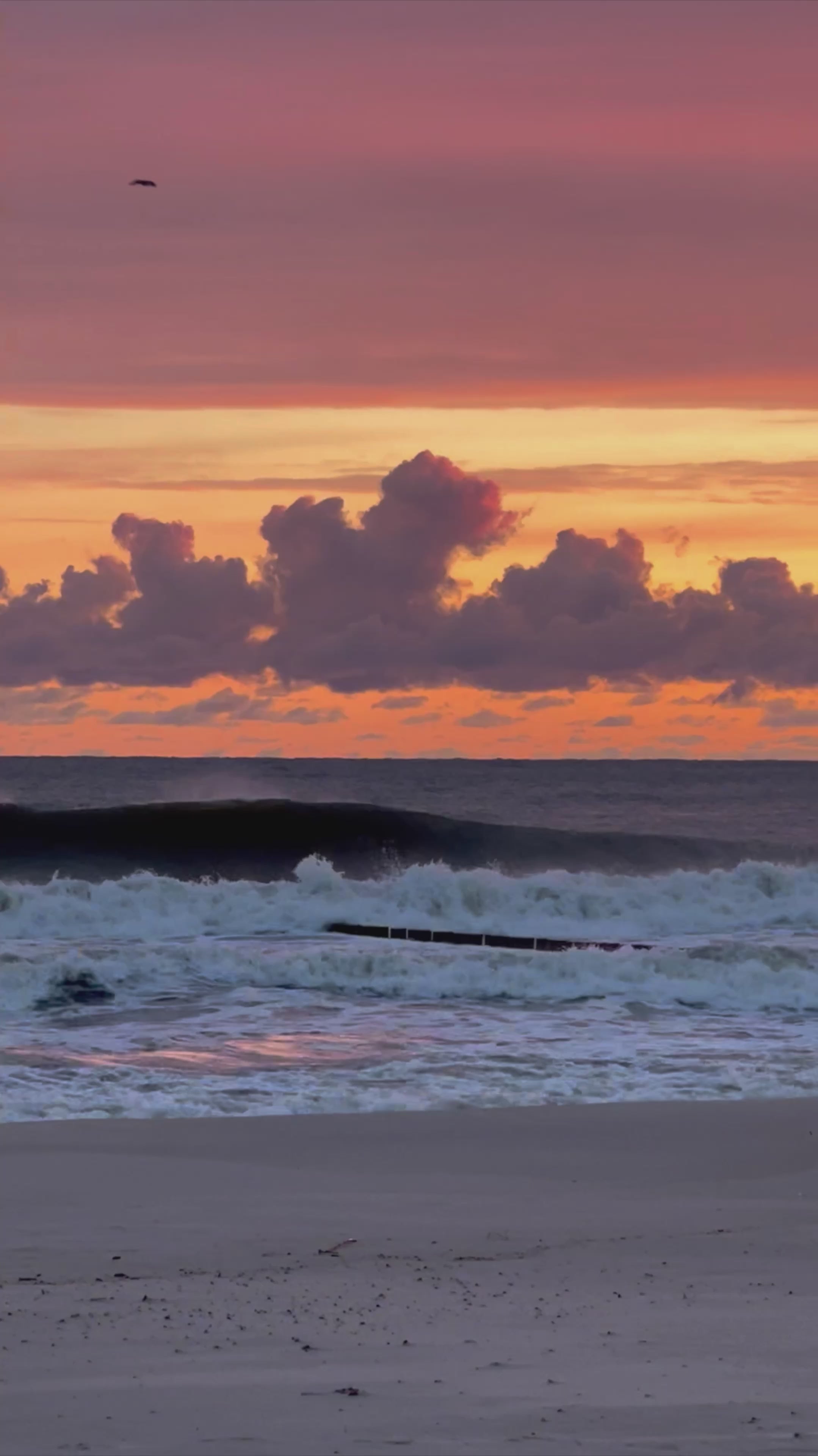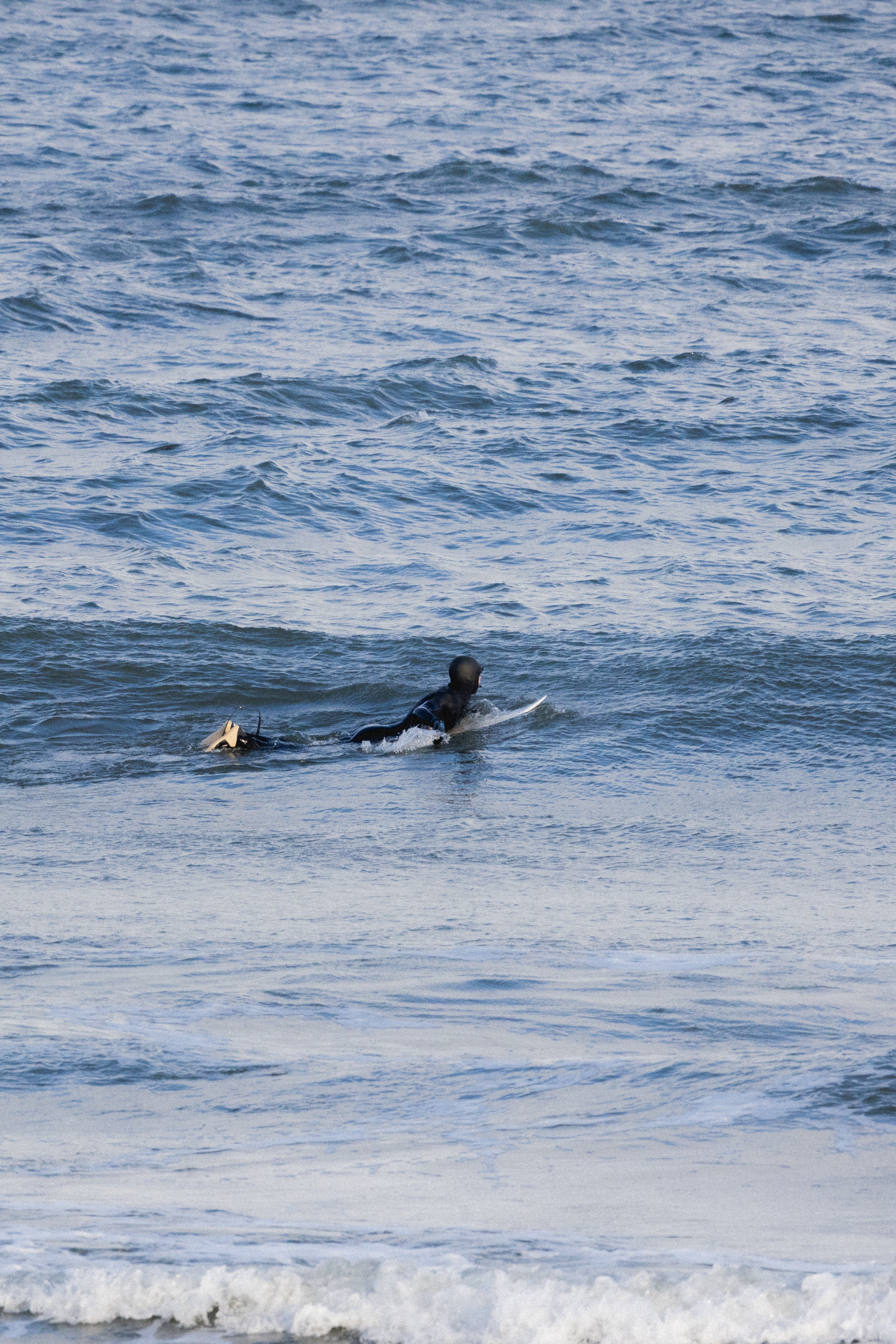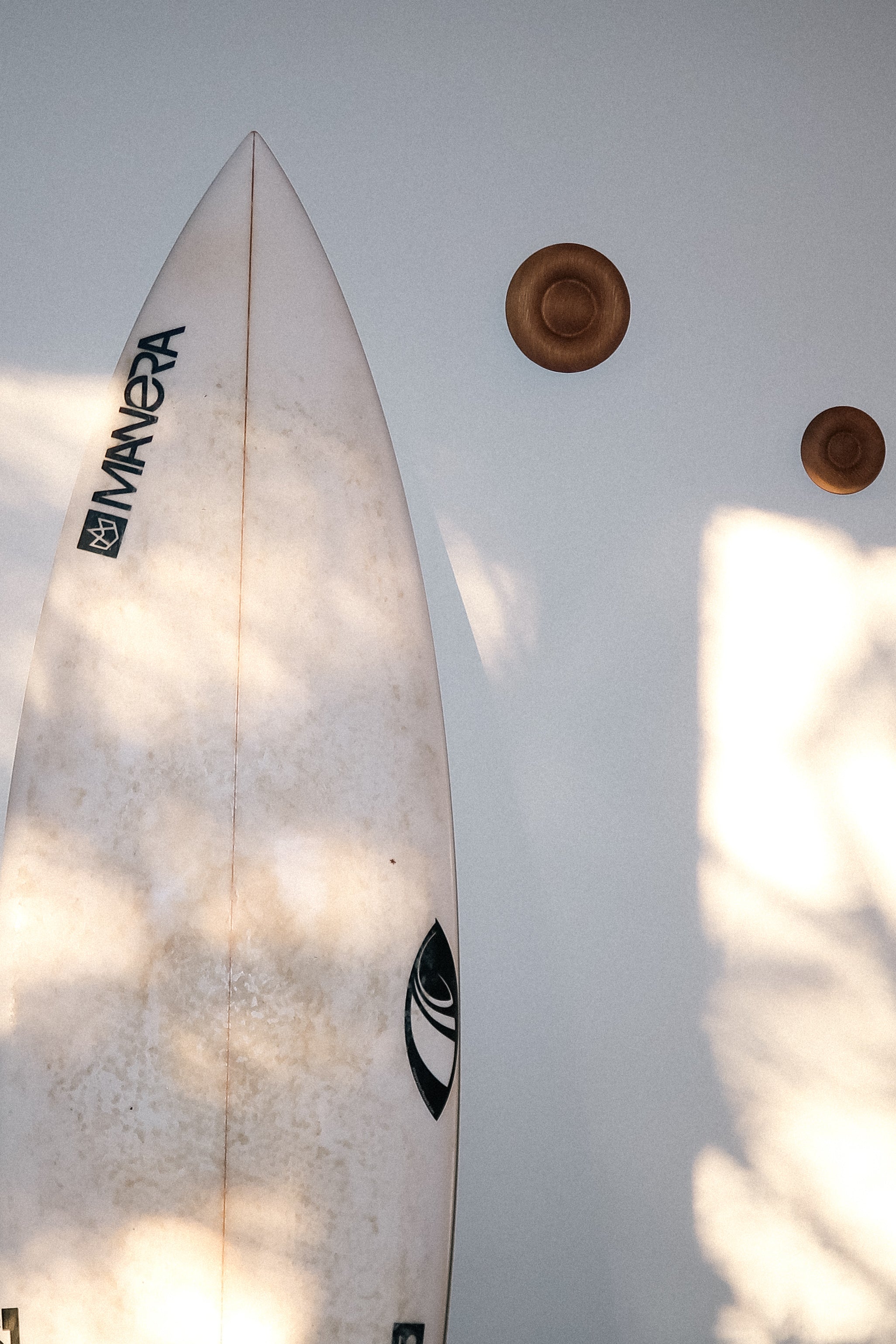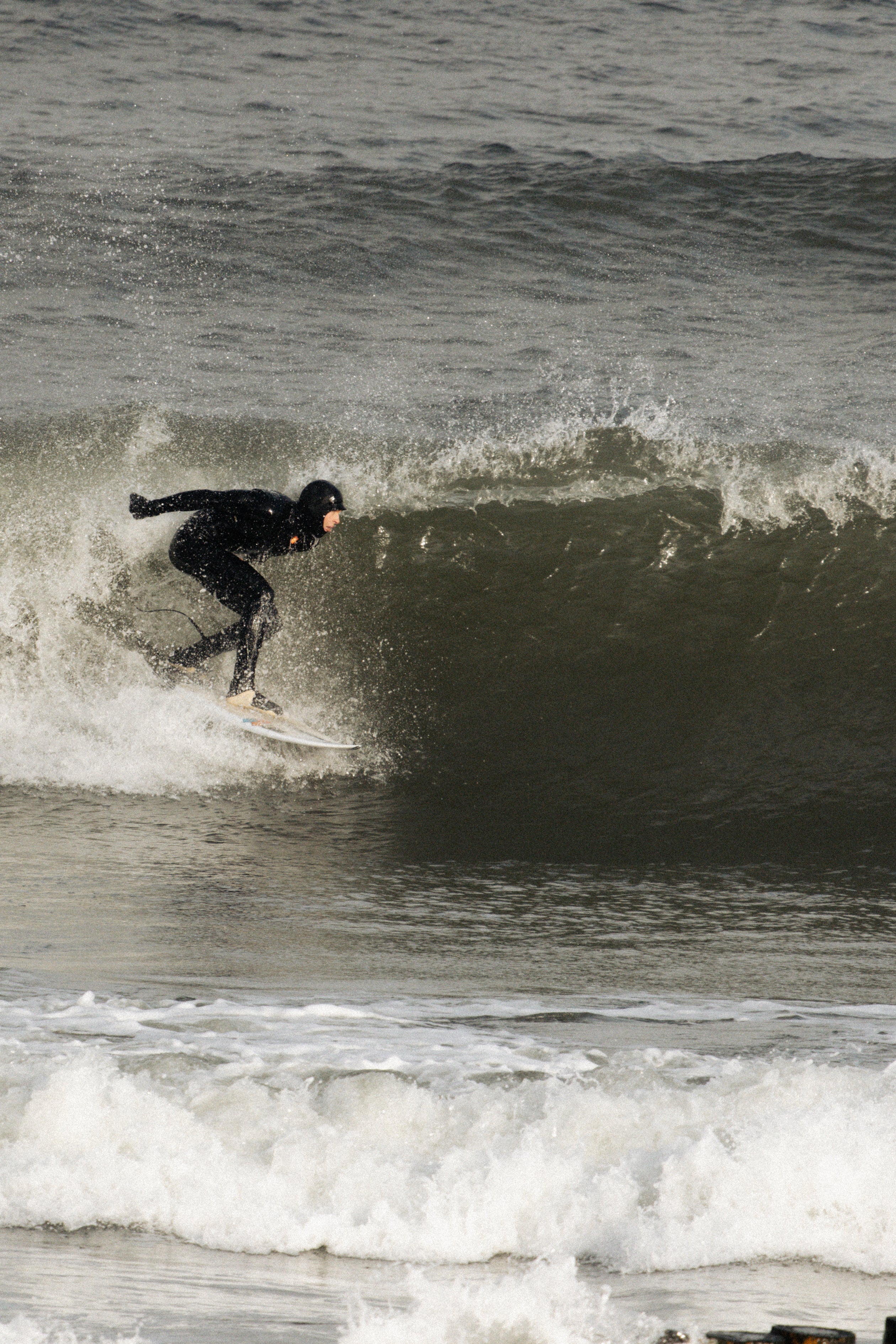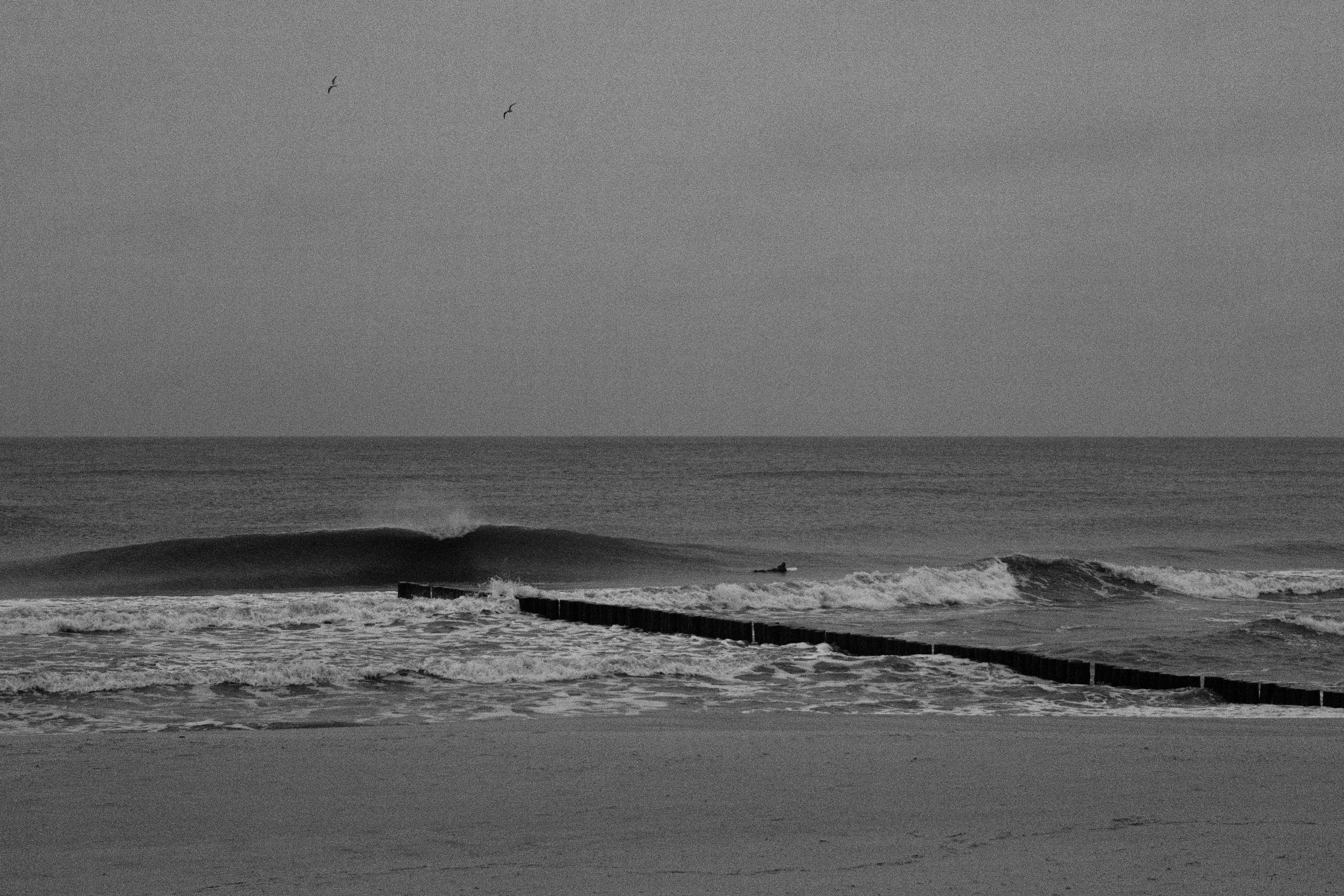“Surfing is like painting on a blank canvas without lifting the brush, creating fluid lines…”
INTERVIEW
Jakub Kuzia & TAMO
How did your surfing journey begin?
My surfing journey began with simply sliding on my belly on waves during holidays by the Polish seaside or abroad. Over time, that casual fun started to evolve. I began using a bodyboard, which allowed me to ride the wave for much longer. A bodyboard is a type of board you lie on—there’s no standing up involved.
When I was seven, we went on a family trip to the Dominican Republic, and that’s where I tried traditional surfing for the first time. Unfortunately, it was just a one-time experience at that point.
At the age of thirteen, I started taking a deeper interest in surfing from various angles. With the support of my parents, I began training on my own—both in Poland and during trips abroad. I was entirely self-taught.
What inspires you to keep going and surfing—especially on the Baltic Sea, which is challenging not only due to the rarity of good waves but also because of the low temperatures?
I love surfing more than anything—what inspires me is simply riding the wave, or more precisely, the feeling that comes with it. It’s one of a kind and truly special. I have a sense that it’s a feeling I’ll always be chasing.
The Baltic Sea is my local playground—it’s unique and very close to my heart. I know the area inside out. During the summer season, I pack my board onto my bike and go searching for the best conditions. That way, I keep discovering new parts of the Baltic coastline every time.
There’s no such thing as a defined surf season on the Baltic, but because of storms on the Northern Hemisphere, winter tends to bring the best waves.
What does preparing for winter surfing look like?
I take cold showers and do cold-water dips—this helps improve my thermal comfort during longer surf sessions and generally helps me adapt to the cold. So-called cold water surfing is definitely a more extreme form of the sport.
In winter, I also wear a completely different wetsuit with thicker insulation, along with a hood, gloves, and boots to stay warm.
Do you think surfing plays a big role in design and creativity? Does it shape a particular style?
Surfing is all about flow—especially when it comes to choosing maneuvers on a wave. For me, it’s like dancing on water. Without a doubt, this kind of surfing choreography plays a big role in design and creativity. Over time, every surfer develops something unique in their movement—it becomes a personal expression.
Do you feel that surfing is a form of art?
I’ll never forget the words of my coach: “Surfing is like painting on a blank canvas without lifting the brush, creating fluid lines.” So yes, absolutely—surfing is a unique form of art. It’s not just a sport, but also a form of expression, self-improvement, and harmony with nature. It allows you to connect with the waves and your surroundings in a way that’s often described as both artistic and meditative.
You spend a lot of time in your “home on wheels.” Do you actually feel at home in your van?
Yes, when I turned 18, I went to Portugal for six months and lived in my van—my home on wheels. I also use it when I come to surf on the Baltic Sea. It brings a lot of comfort, especially in winter when you can make yourself a hot cup of tea right after a cold session in the water. These days I spend a bit less time in the van, but it will always feel like home to me.
JAKUB KUZIA




